by Mike Gulett –
The color of a car can significantly affect its popularity, resale value, and even the perception of many people. I know that I appreciate certain colors on certain cars more than others like pastels on the Studebaker Avanti, for example. Some of my preferences are due to the shape of the car and the effect that certain colors have on the looks of those shapes. And some of my preferences are due to the time the car was made and certain colors that are associated with that time period and maybe certain locations, like Palm Springs in the 1960s (getting back to the Avanti).
Certain car models are associated with movies (or other cultural events) like James Bond movies and Aston Martin where various shades of silver were the preferred color for the Aston Martin and this has resulted in those colors being very popular with the buying public. Other colors are popular because they were the favored color for car racing for those makers and countries like red for the Italian Ferrari, green for anything British, silver for German and white and/or blue for American.
Here’s how car color can influence us:
1. Consumer Preferences & Popularity
Certain car colors are consistently more popular than others across geographic regions and vehicle segments:
-
White: Globally the most popular color for many years. It’s perceived as clean, modern, and safe. Particularly dominant in SUVs and sedans and popular with families.
-
Black: Associated with luxury and prestige. Very popular in high-end vehicles and executive sedans, like the cars of rappers or mob bosses.
-
Gray & Silver: Seen as practical, neutral, and good at hiding dirt. Popular in fleet vehicles and among urban consumers, like soccer moms and other people who do not want to spend time or money washing their cars. These colors are also popular with James Bond types.
-
Blue & Red: Add personality—blue is seen as calm and trustworthy; red as sporty or bold. More common in smaller cars and sports models and with people looking for friends.
-
Green, Yellow, Orange, Purple: Far less common. These unusual colors can appeal to car enthusiasts and buyers seeking individuality but may limit mass appeal. But at the end of the day the buyers of these colors do not care that some other people may not like the color of their car.
2. Resale Value
Car color directly affects residual value:
-
Best resale colors: White, black, gray, silver. Their mainstream appeal means larger buyer pools and higher resale value.
-
Worst resale colors: Unusual shades like gold, brown, or bright yellow (except on niche or collector vehicles) often lower resale value due to reduced demand.
However, for exotic or collector cars, unique colors can increase value due to rarity or originality (e.g., a Lamborghini in Verde Ithaca green or a classic muscle car in Hugger Orange or Plum Crazy).
3. Geographic & Cultural Trends
Color popularity varies by location:
-
In hot climates, white and silver are favored for reflecting heat.
-
In urban areas, gray and black dominate for their sleek, understated look.
-
In Europe, more color variation is seen than in North America, including greens and blues.
-
In Asia, white and pearl shades are culturally tied to cleanliness and status.
4. Psychology & Perception
Color affects how a car is perceived:
-
White: Clean, safe, modern.
-
Black: Powerful, elegant, serious.
-
Red: Fast, bold, fun.
-
Blue: Trustworthy, calm, cool.
-
Green: Eco-conscious or retro (depending on tone).
-
Yellow/Orange: Sporty, youthful, attention-grabbing.
People often choose colors that reflect identity or lifestyle—a family buyer may choose navy blue or silver, while a sports car owner may choose red or bright yellow.
5. Manufacturer Strategy
Automakers carefully curate color options based on market trends. Popular models may come in only a few colors; rare or high-end models may offer more exotic options or bespoke color programs (e.g., Porsche Paint to Sample).
This explains why so many new cars are painted boring colors. But for an additional price the buyer can get an interesting color.
Summary
Color affects car popularity through a mix of emotional appeal, cultural norms, climate considerations, and resale value. While white, black, gray, and silver remain dominant for practical reasons, unique or bold colors can stand out—especially for car lovers or luxury car buyers.
If we want to see more interesting car colors on the road we should start with ourselves – buy yellow, green or gold for example. Why not? You may love it. It certainly would be a morale boost to your fellow drivers on the road.
Let us know what you think in the Comments.
Research, some text and some images by ChatGPT 40.
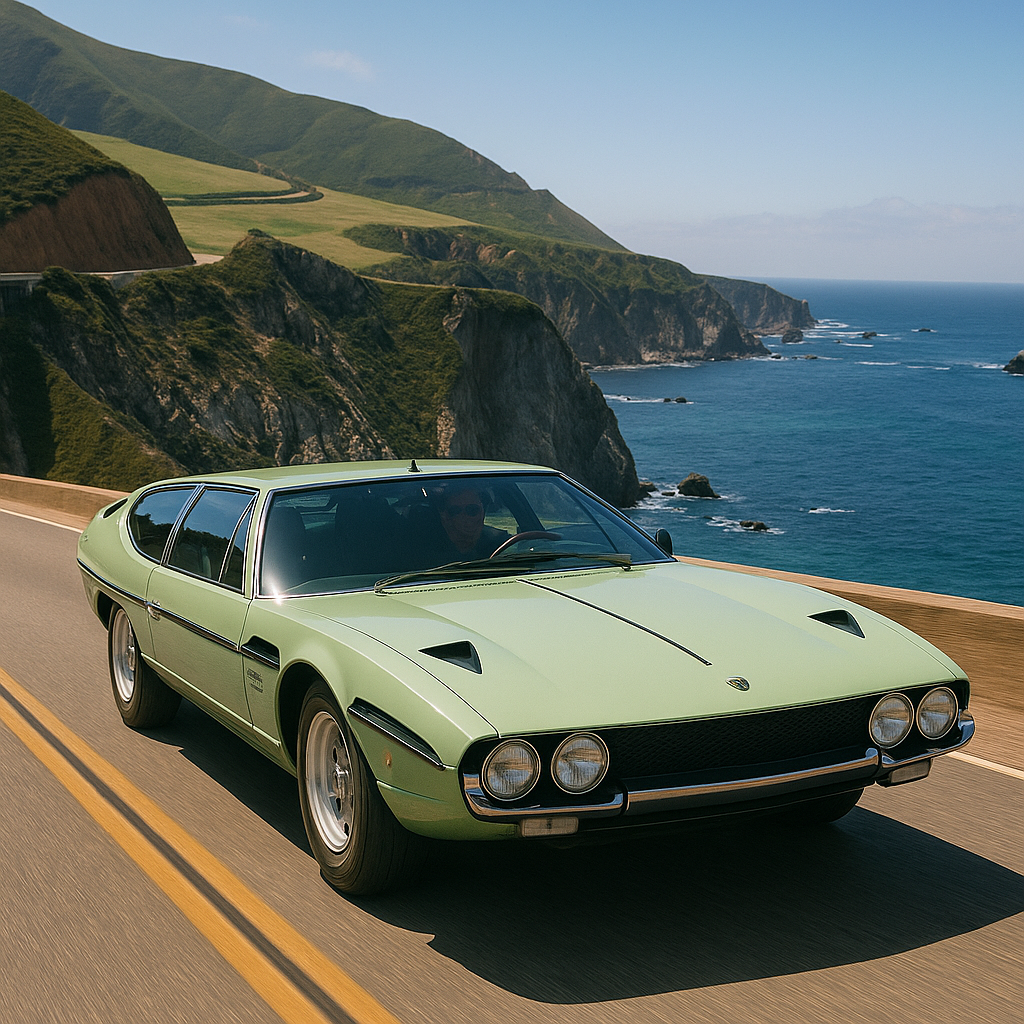
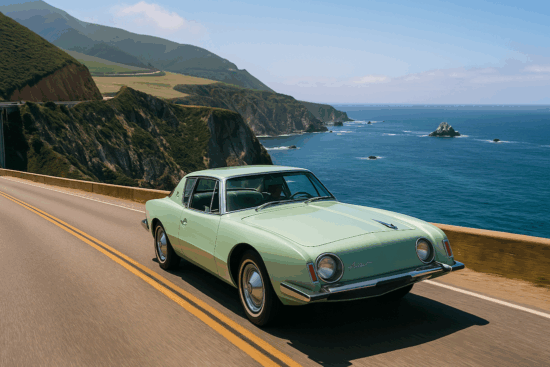
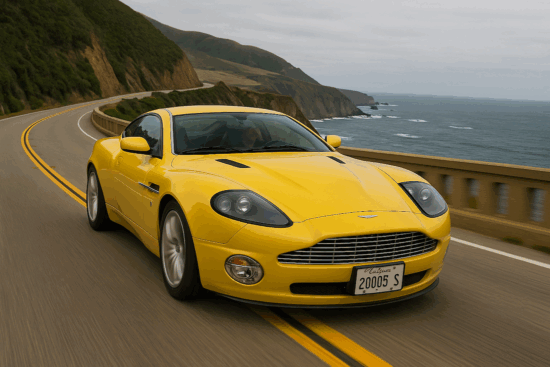
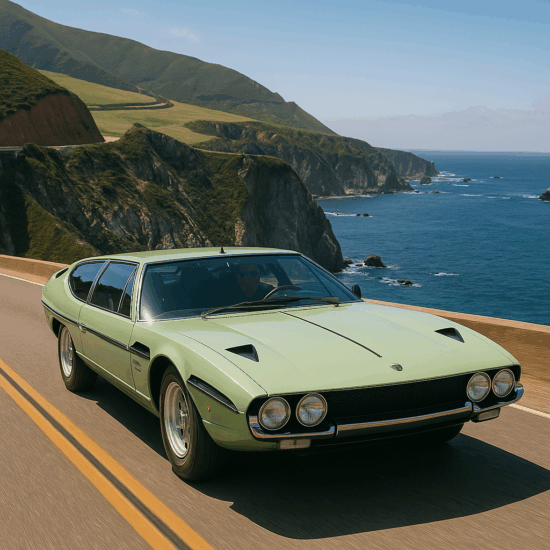
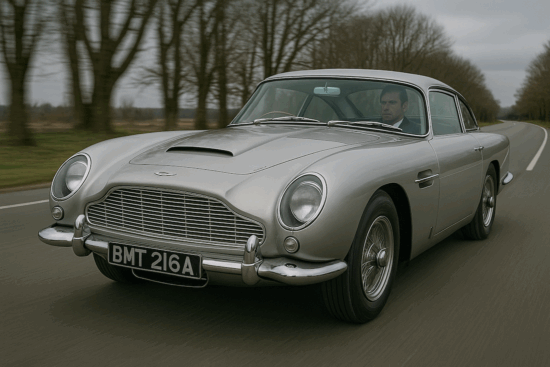
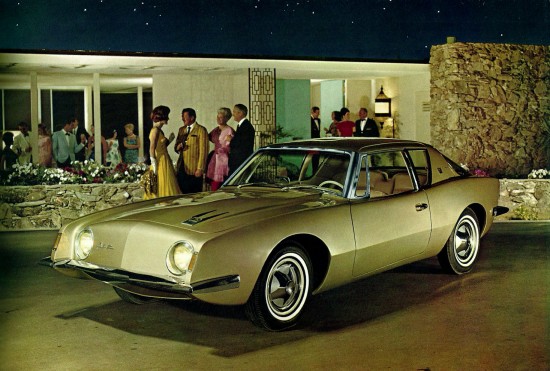
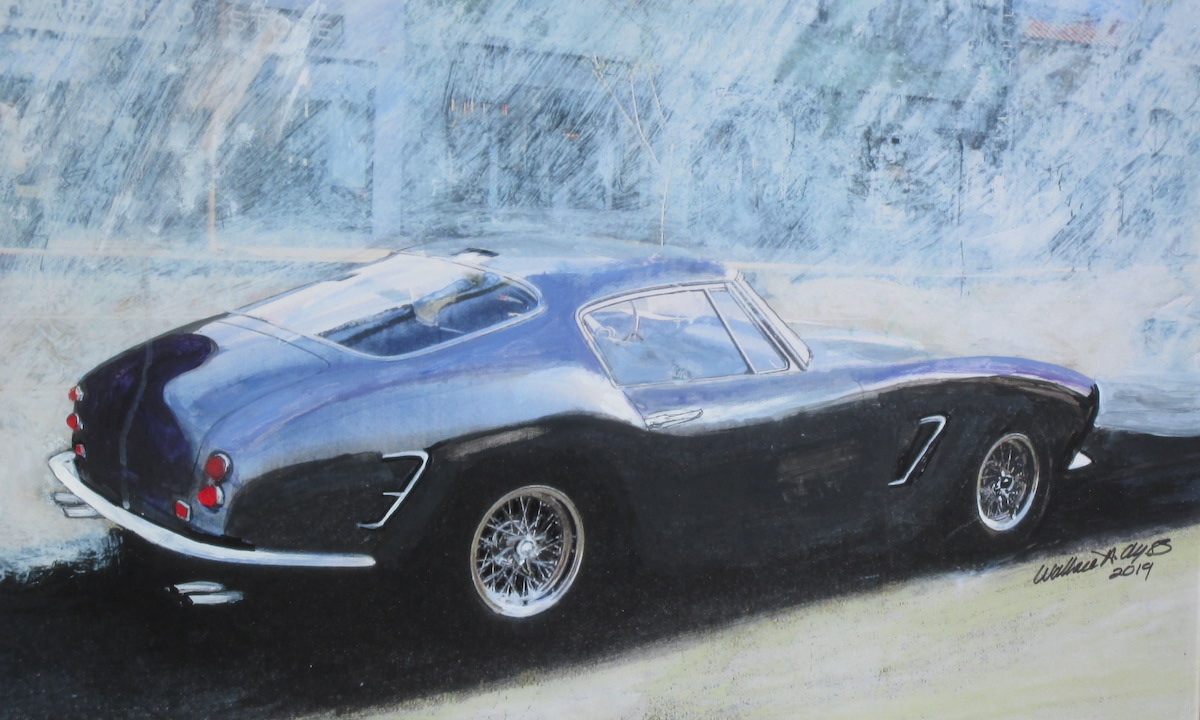

Mike
Interesting article. Perhaps you can shed light on why the colour of my Grifo and your old Grifo #101 is spelled wrong as Monthlery Blue?
I want to know why everything is painted gray these days. Did the US Navy have a surplus billion gallons of battleship gray that they auctioned off?
(My VW GTI and Pontiac G8 are both red.)
Mike,
Nicely done review of the factors that drive people to certain colors for their cars.
It has been said that if you were buying a new Morgan, from a dealer or the factory, if you paid Mr. (Peter) Morgan enough money, he would paint the car any color you wanted.
When buying my vintage 1964 Morgan, I went with your referral to race cars of the ”60s (the “Golden Era”) and made green one of my priorities (among other aspects).
Secondary, was the psychology of my personal feelings that (as you pointed out) certain cars just look so much better in certain colors.
From an emotional point of view, resale value doesn’t enter my equation and after I park the Morgan, I always look back at it and fall in love all over again.
If I can’t feel that way, I either have the wrong car or the wrong color. But, hey, that’s just me.